After a fun evening event filled with drinks, socializing, and even some roulette, hopefully everyone got some rest. Once that first cup of coffee kicked in, the attendees were ready to dive into the second day’s talks at stackconf 2023.
Let the Talks get started!
The first session in room Friedrichshain III of the hotel “NH Berlin Alexanderplatz” was held by Nicolas Fränkel, who works for Apache APISIX. He introduced the audience to the fundamentals of Observability in distributed microservice systems, which build on the three pillars of logging, metrics, and tracing. He showcased the OpenTelemetry framework, which has become a standard in the industry. As an example, he ran a webshop application programmed in Kotlin and showed the traces of HTTP requests visualized in Jaeger. He also briefly addressed how the OpenTelemetry libraries can be used in other programming languages like Rust or PHP.
Next up was Andrei Pokhilko of Komodor. He talked about the different network protocols used in microservice architecture and how to tune them for better performance. He mentioned some shortcomings of old, established protocols like HTTP/1.1 and the advantages of HTTP/2 or even the brand new HTTP/3. He showed some compelling results from comparisons of different protocols.
After that, Sayan Mondal of Harness took the stage. He is one of the maintainers of the CNCF incubating project LitmusChaos which he presented in a nice demo. LitmusChaos is a chaos enginneering platform that you can use to make your systems more resilient. The web interface is very intuitive. Check it out at https://litmuschaos.io/.
The last talk before the lunch break was held by Phil Williams of Canonical. He made an estimation of the cost of a Ceph cluster running in a public cloud compared to a ceph cluster running on premise on your own hardware. The on-premise cluster costs 50% less in this estimation. At least for big ceph clusters (more than 1 Petabyte), Phil recommended running them on your own hardware.
Then the conference attendees sat down in the dining room to enjoy lunch. As on the first day, there were interesting ignite talks right after the lunch break. At the time of the writing of this blogpost the last talks were held, and the attendees were preparing to make their way back home.
It was a Blast!
As stackconf 2023 comes to a close, we’re grateful for the engaging talks and discussions on day two. We hope you leave with new insights and connections.
Thanks for being a part of stackconf 2023. Safe travels to all visitors, stay curious, and we’ll see you next year!
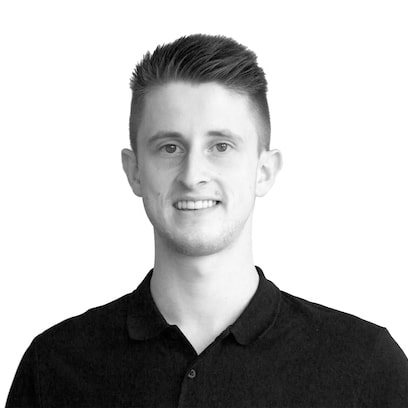
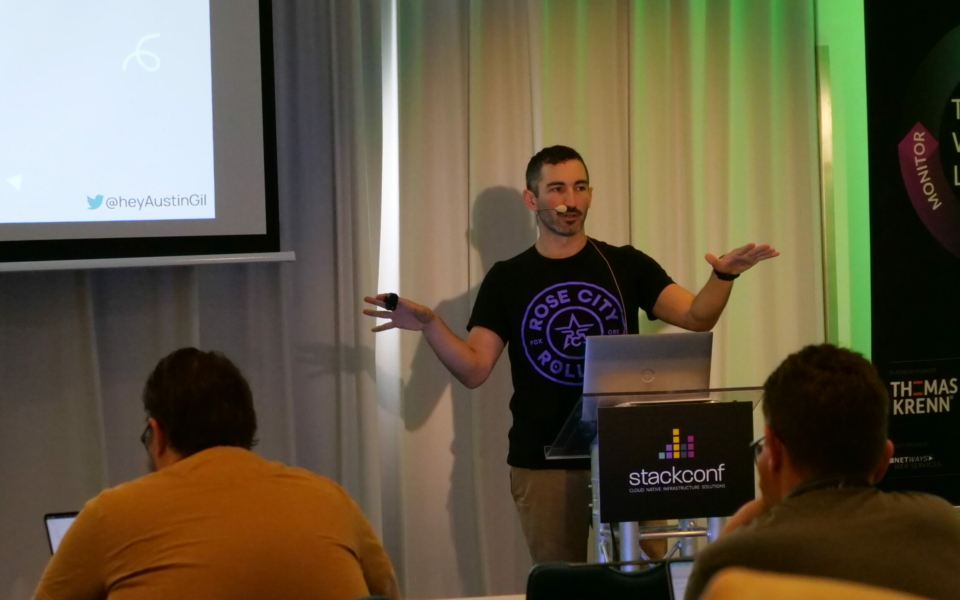
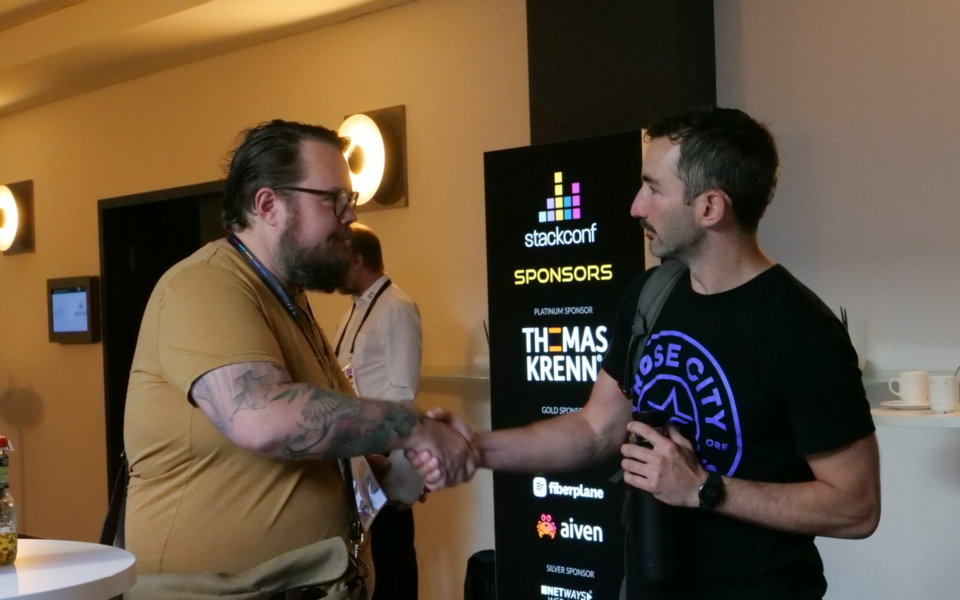
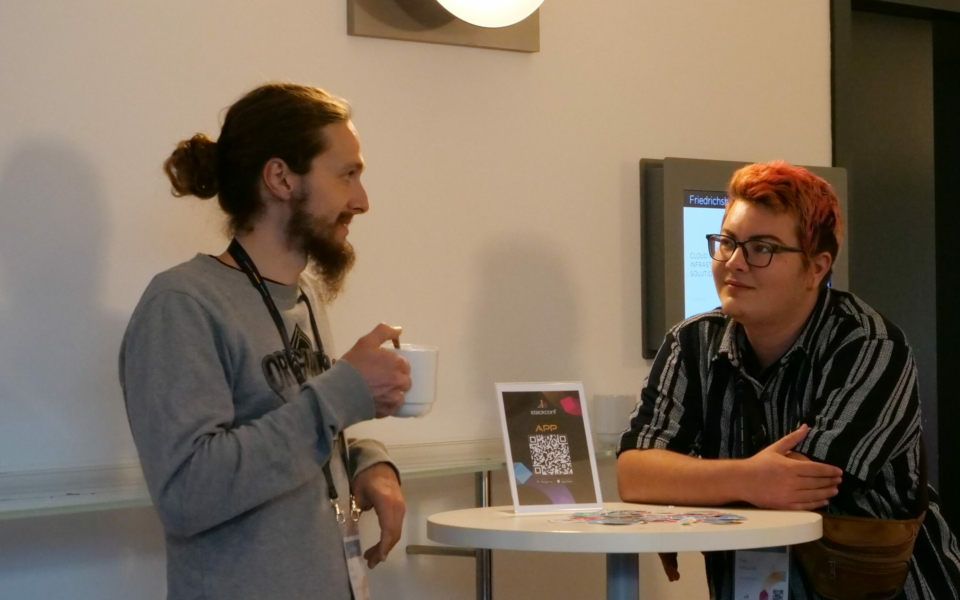
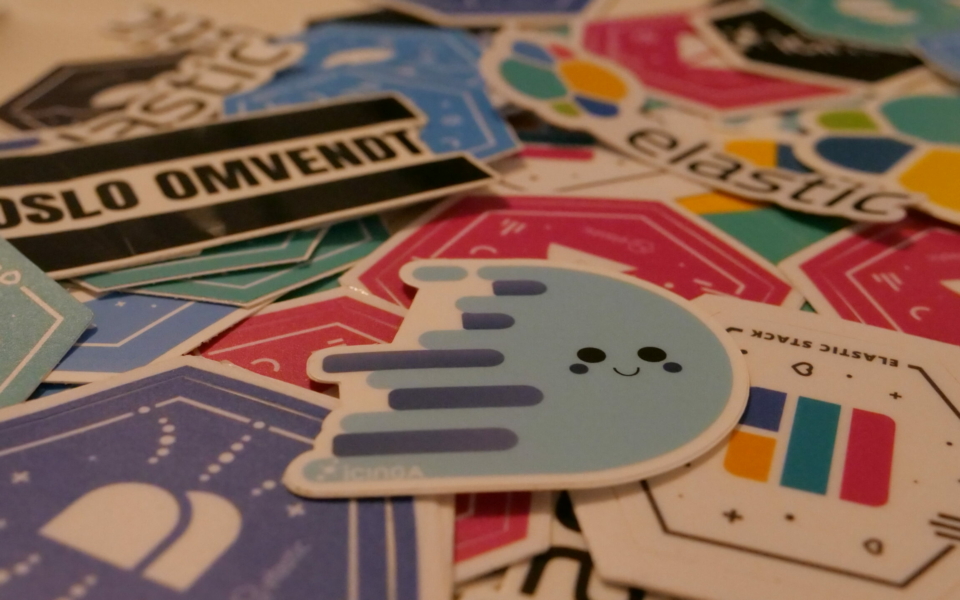
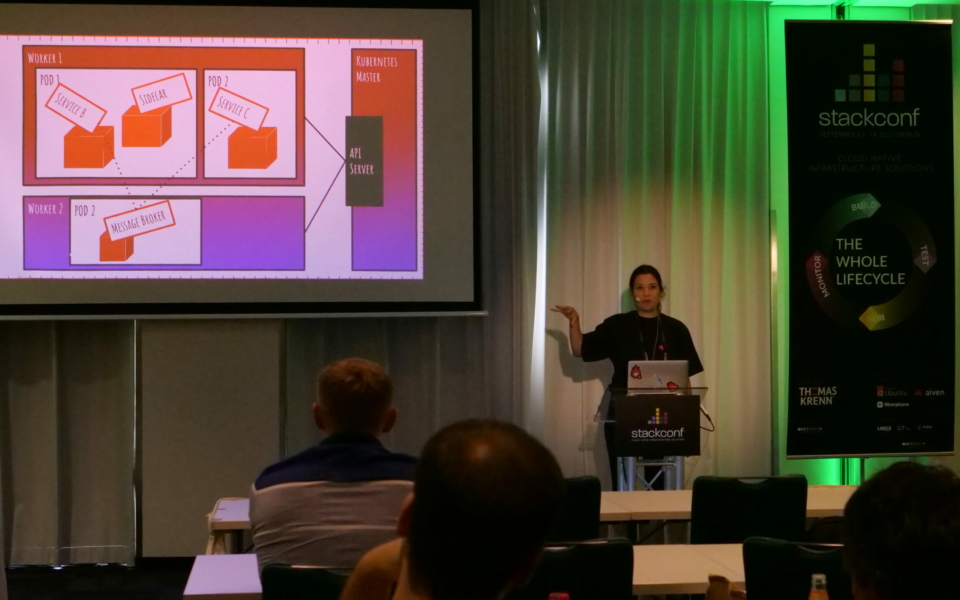
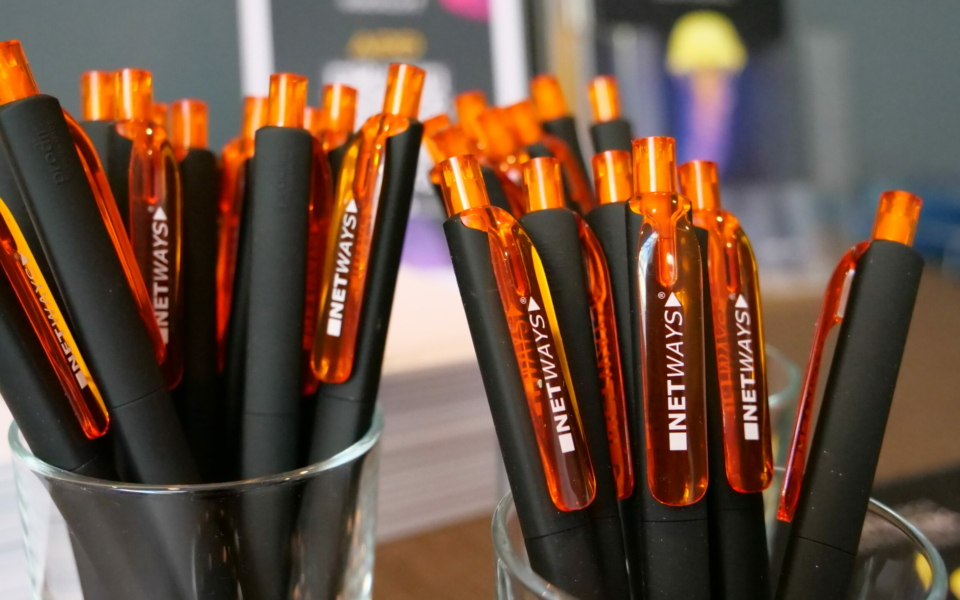
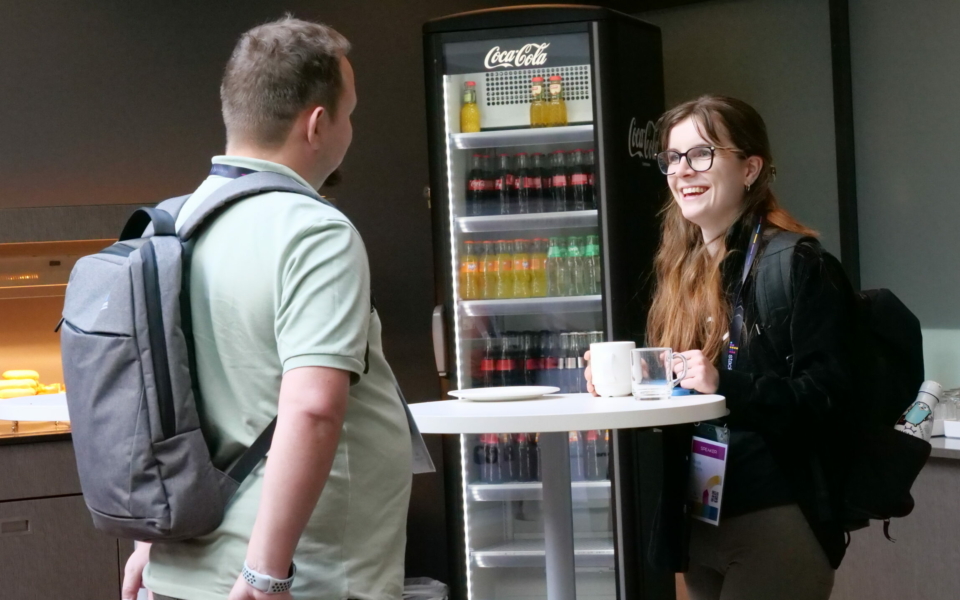
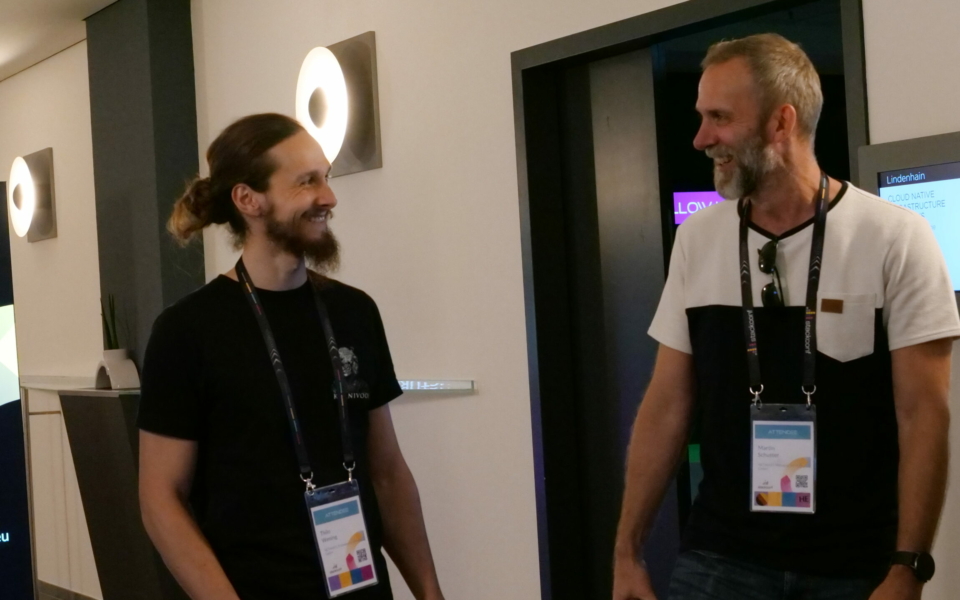
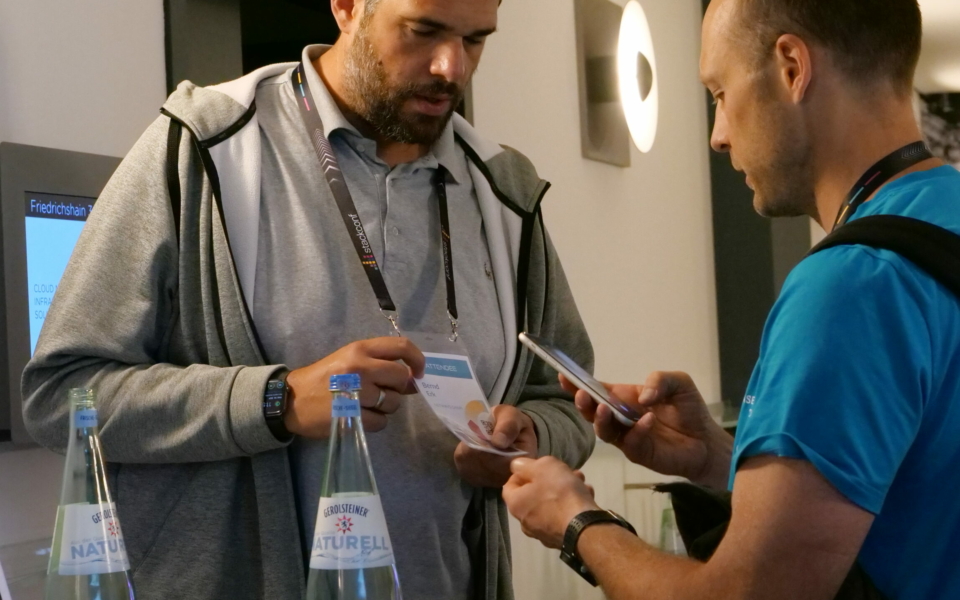
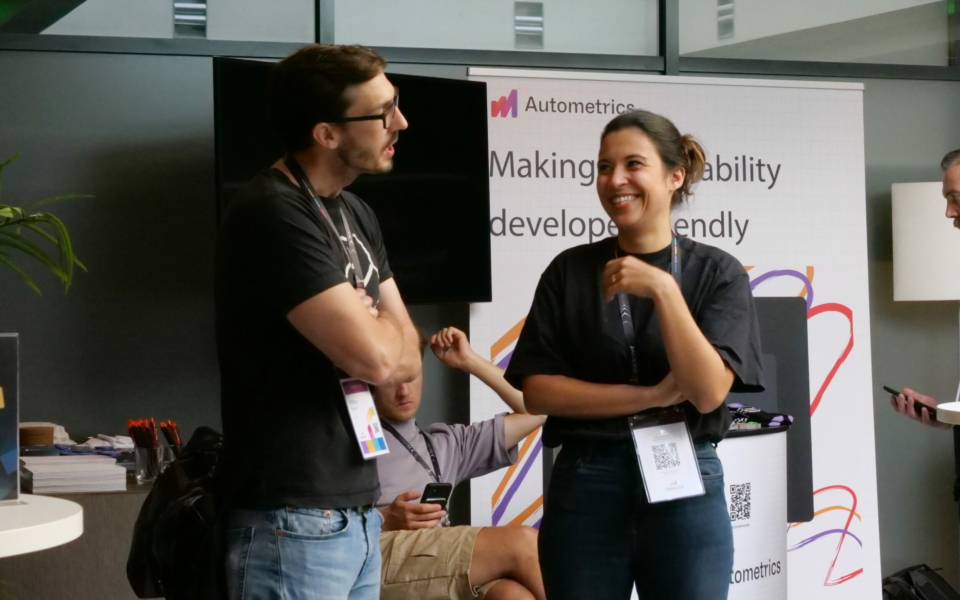
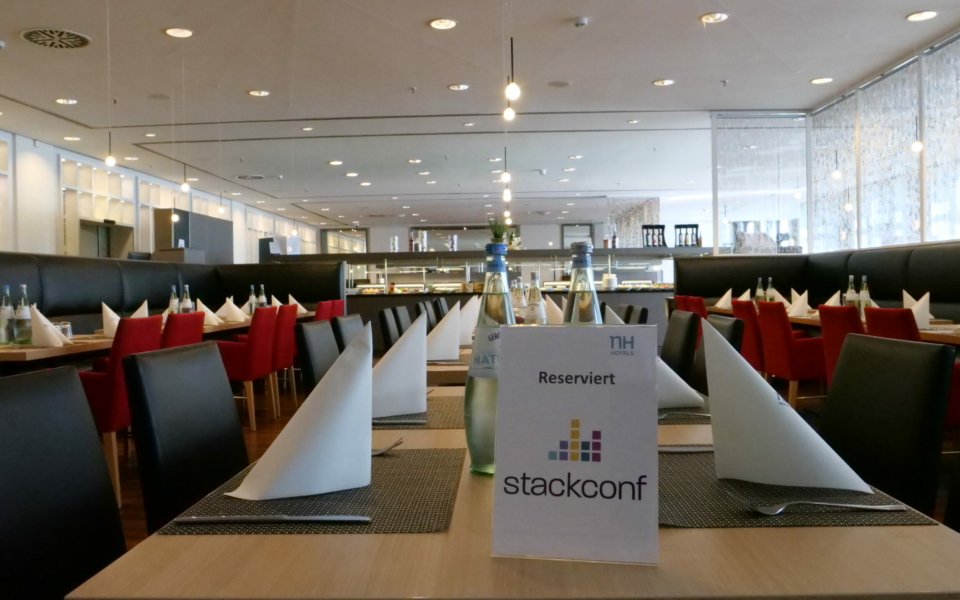
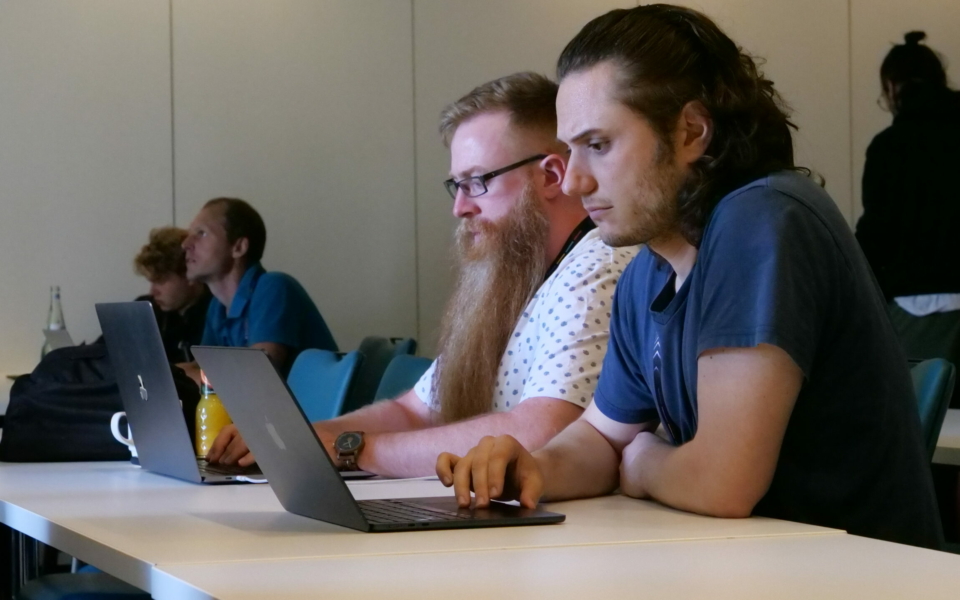
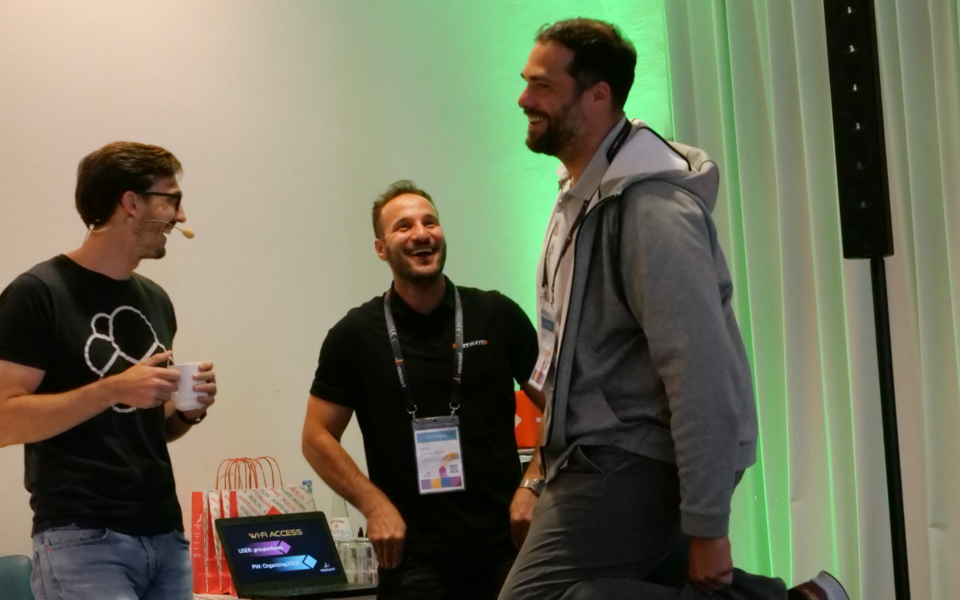
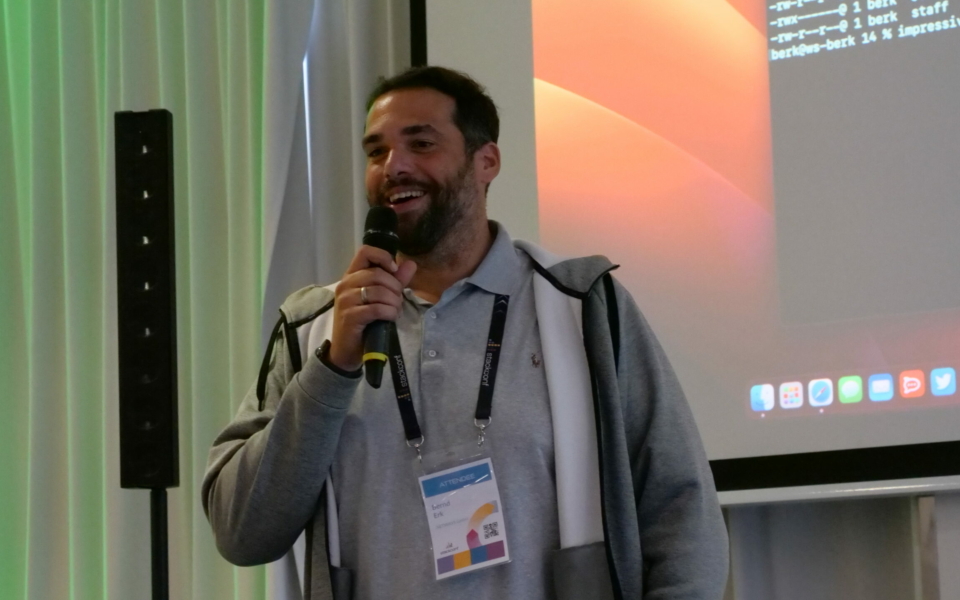
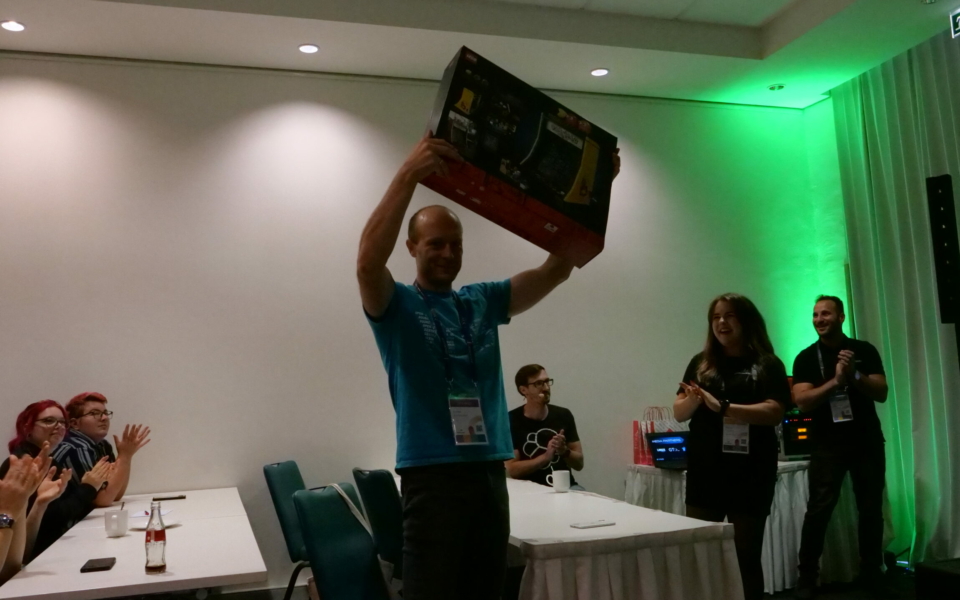
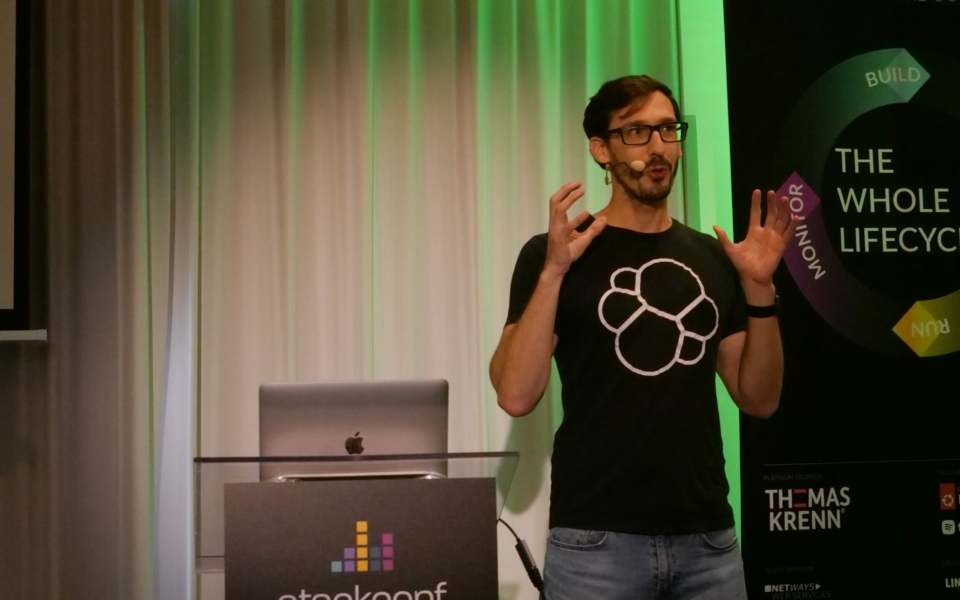
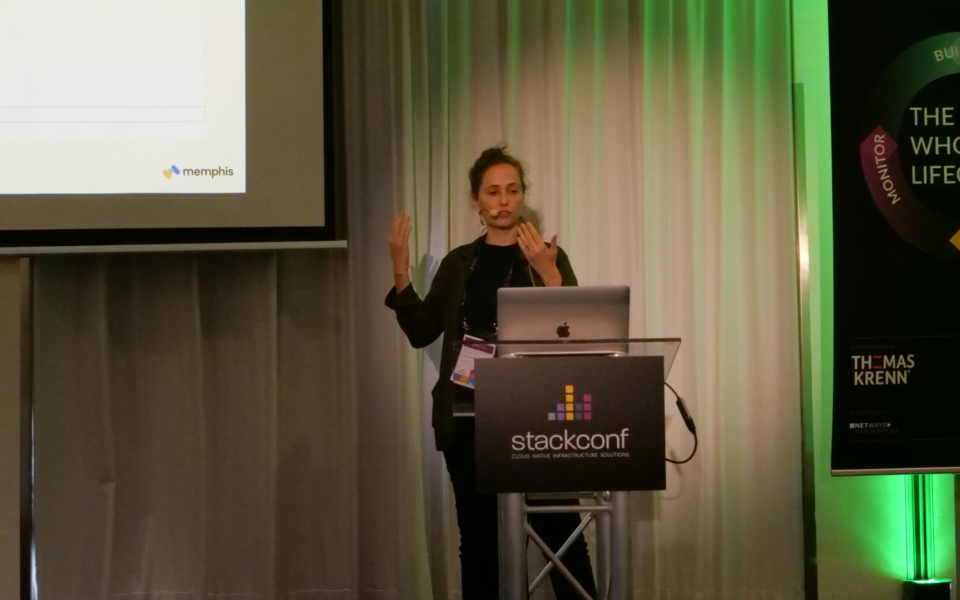
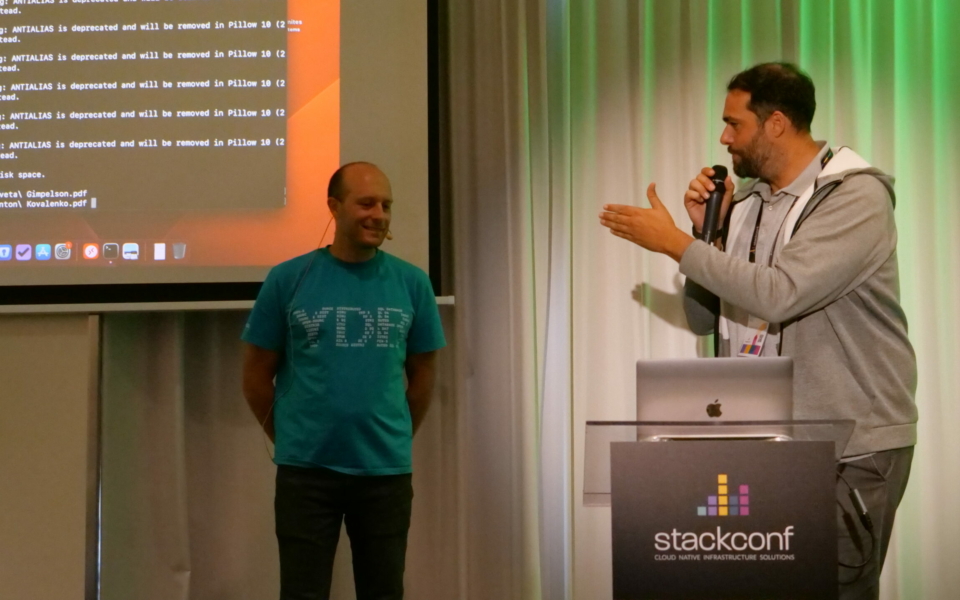
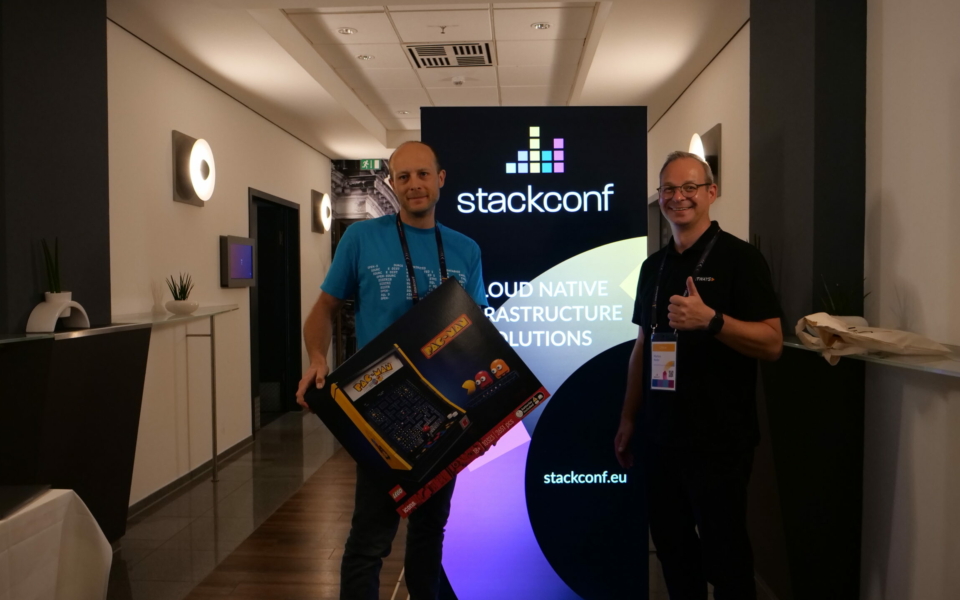
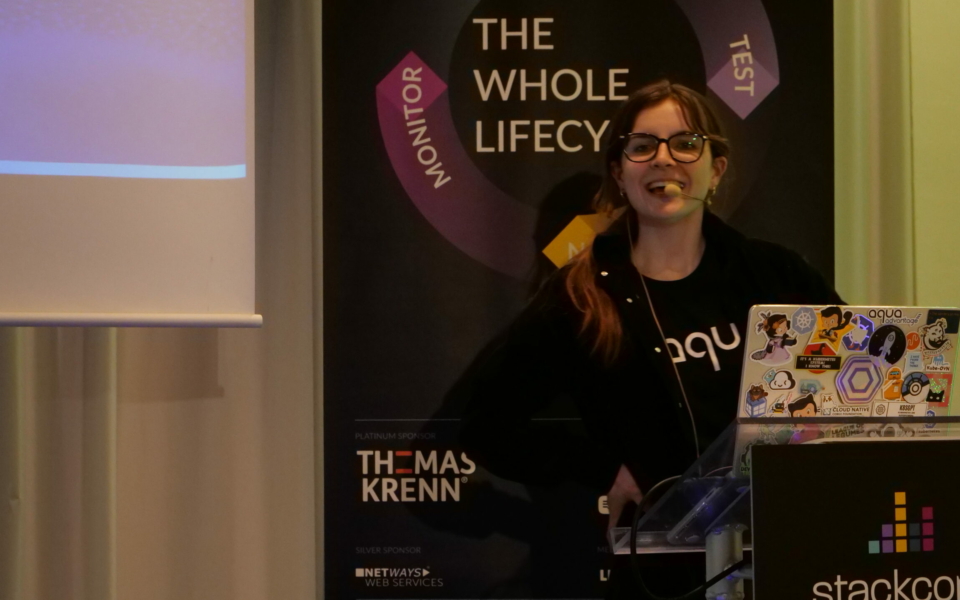
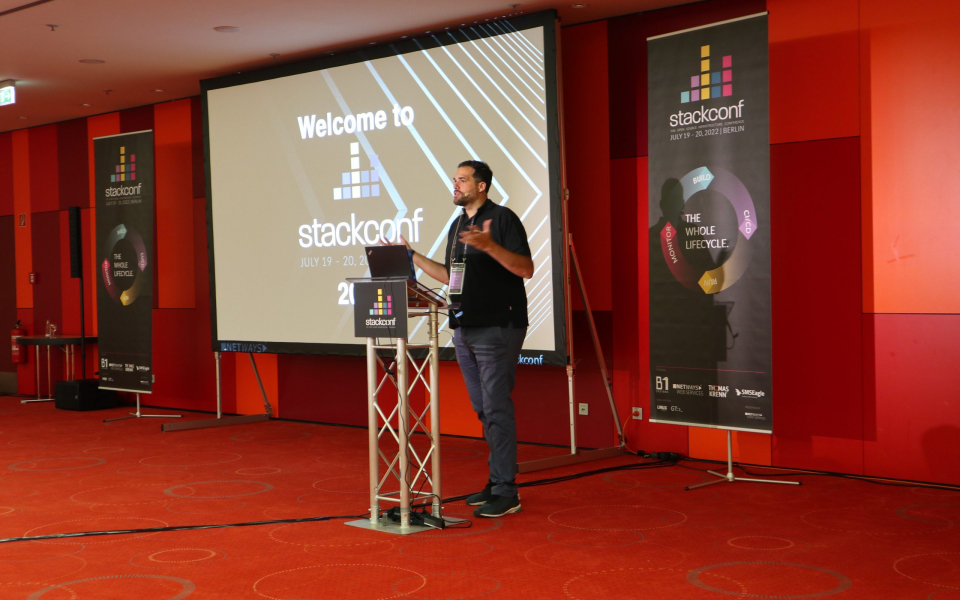
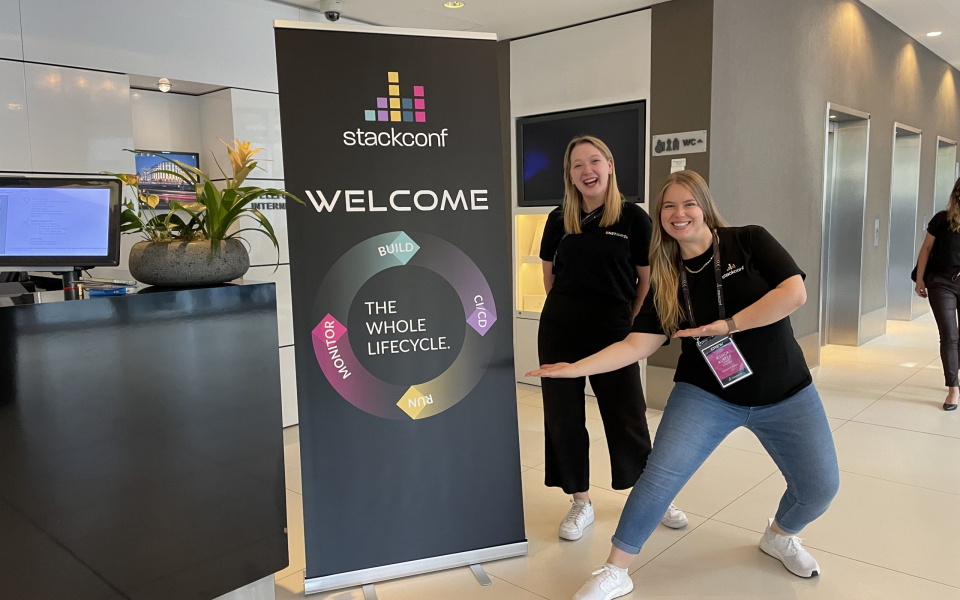
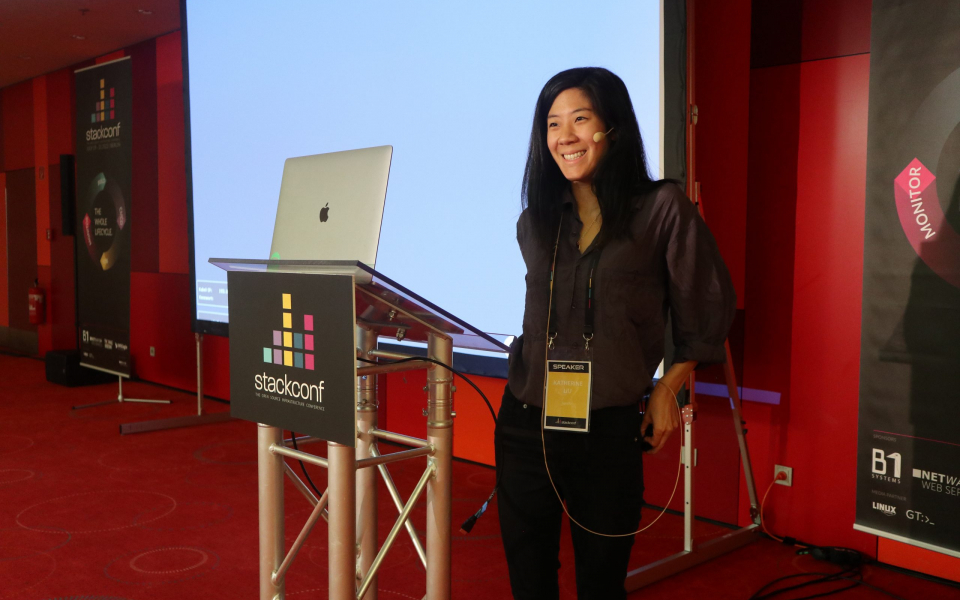
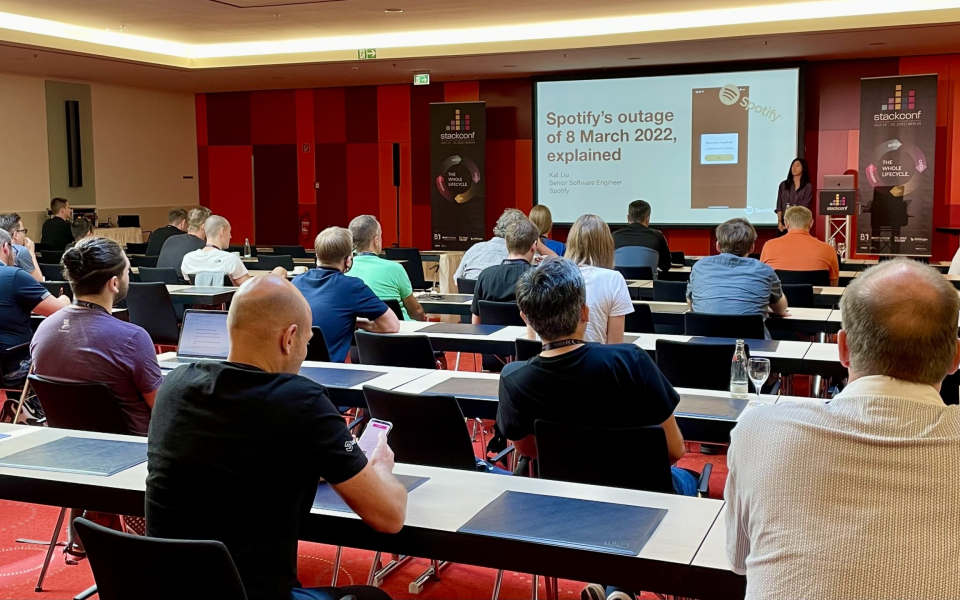
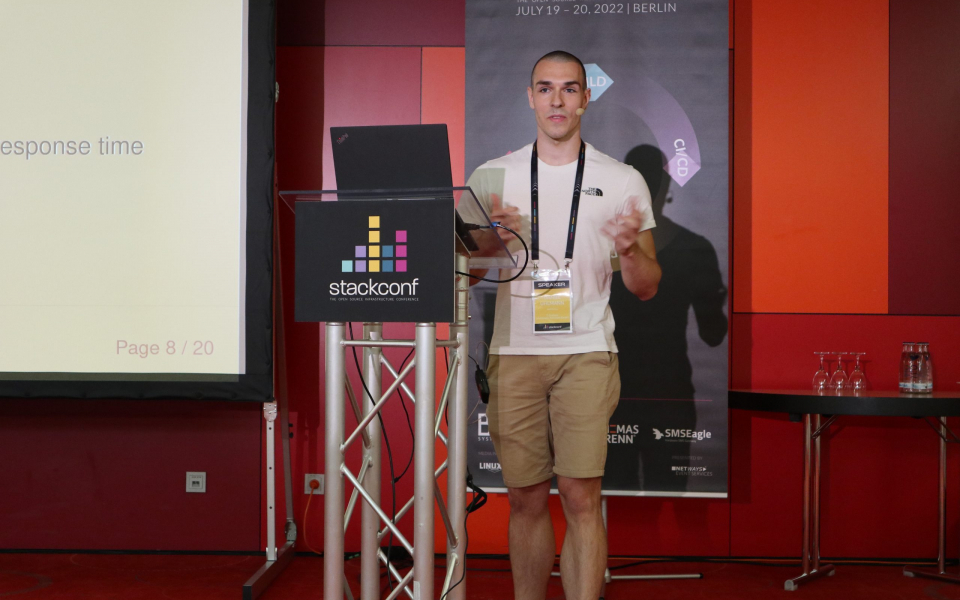

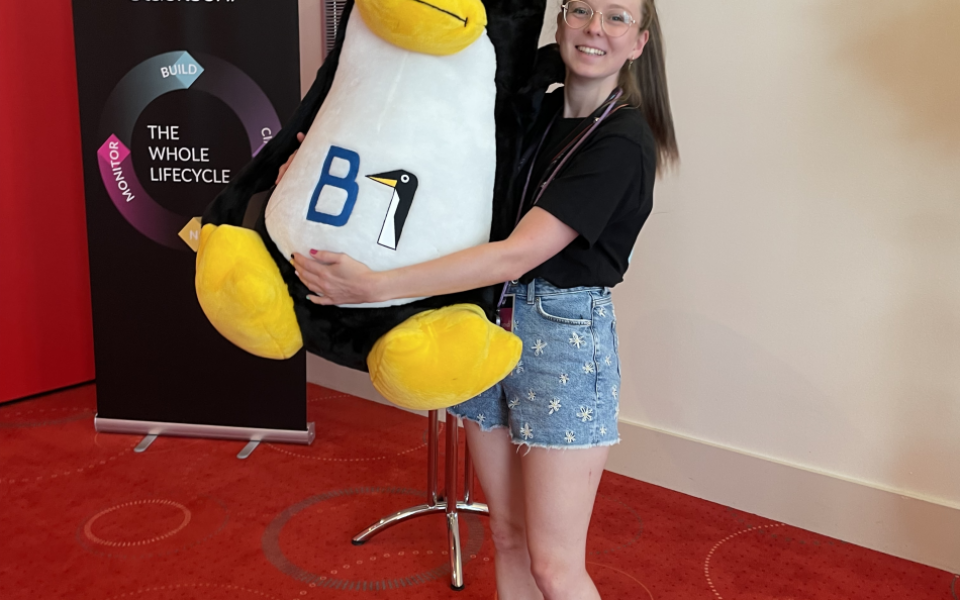
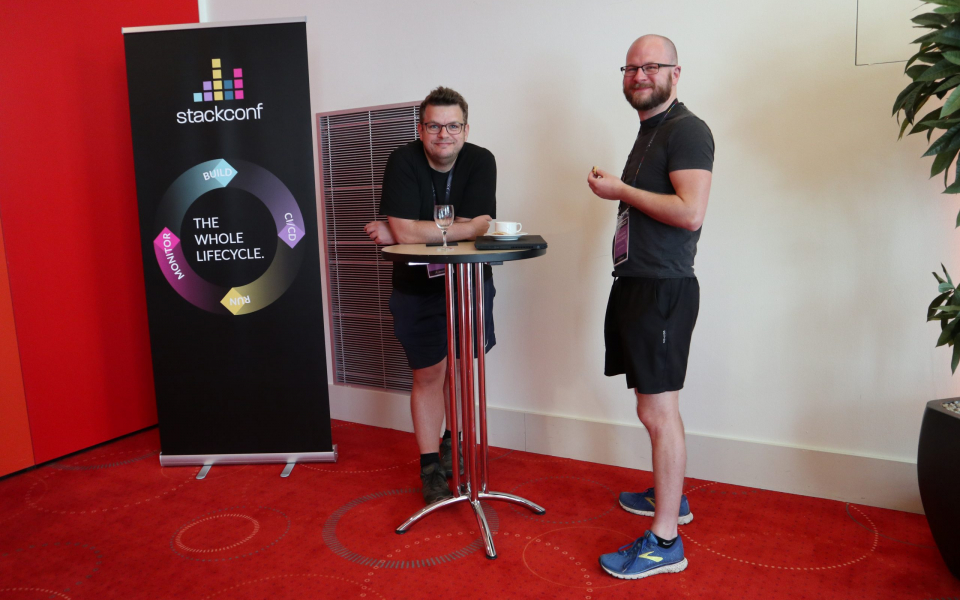
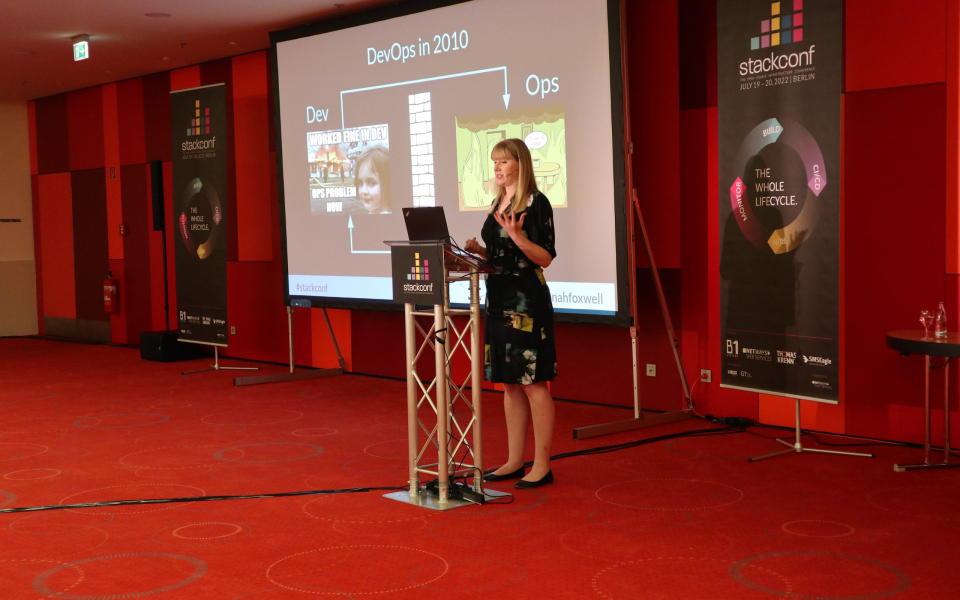
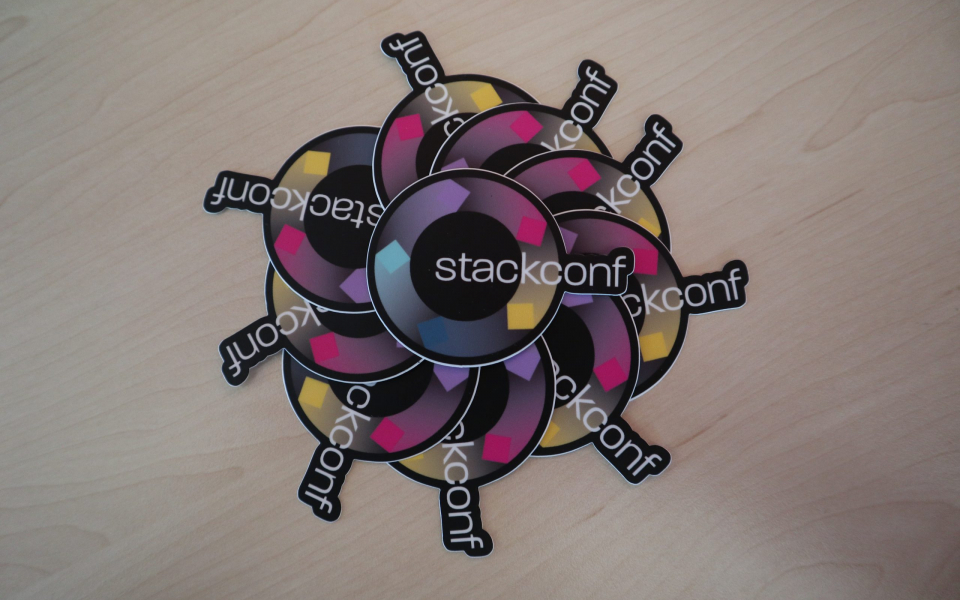
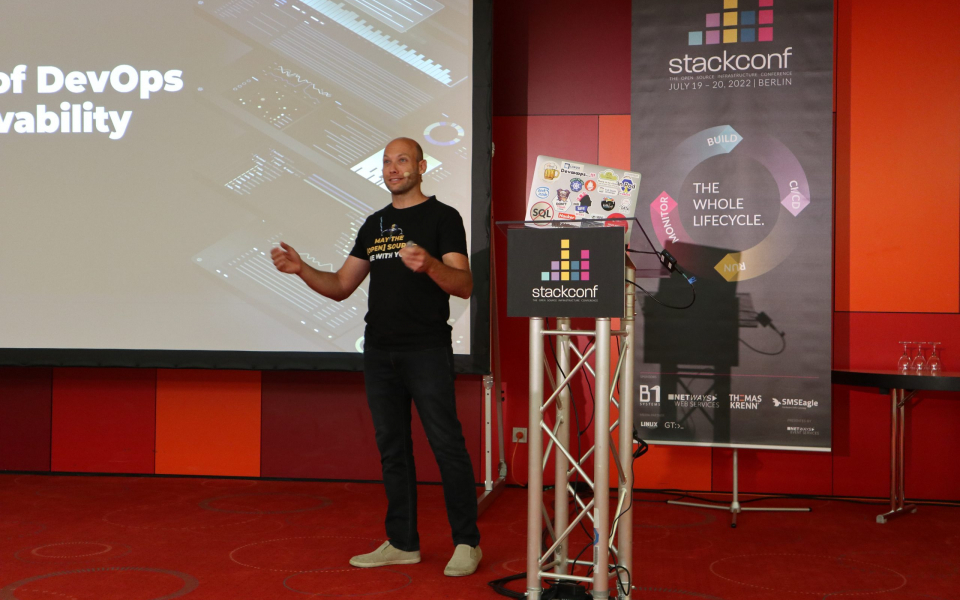
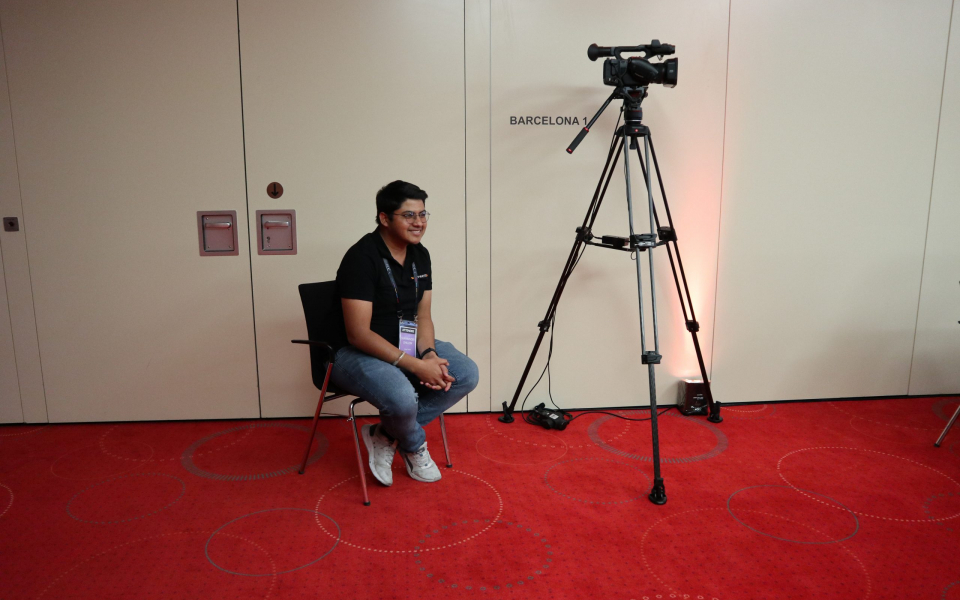
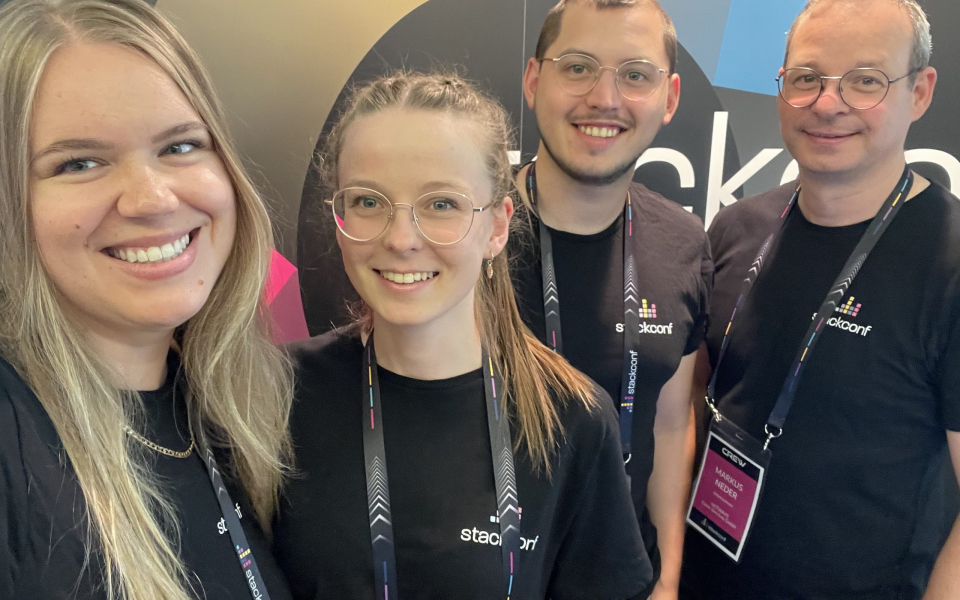
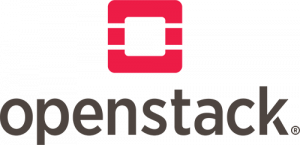 Vom 13. bis zum 15. November 2018 fand in Berlin der
Vom 13. bis zum 15. November 2018 fand in Berlin der 















